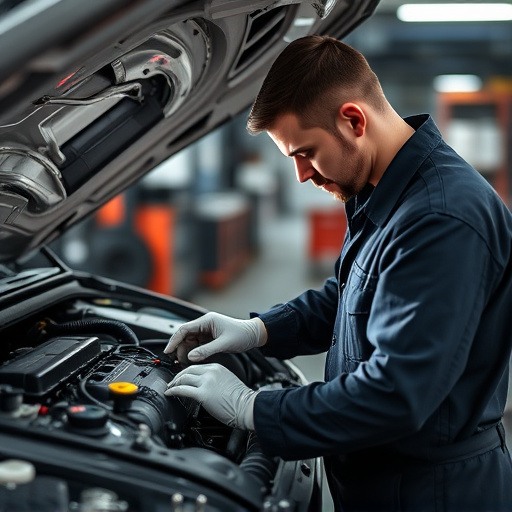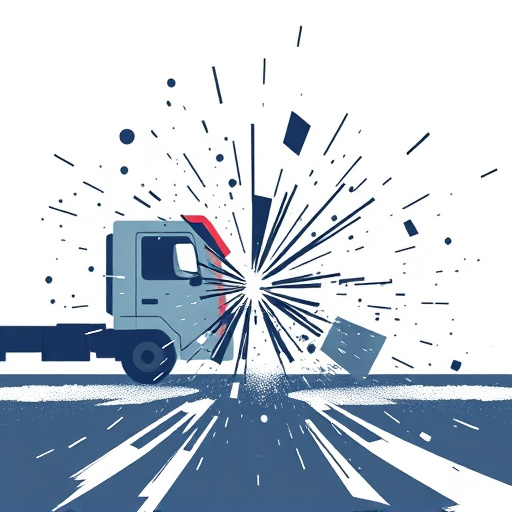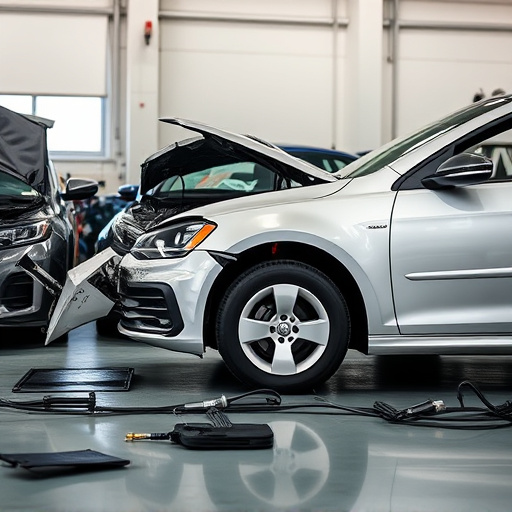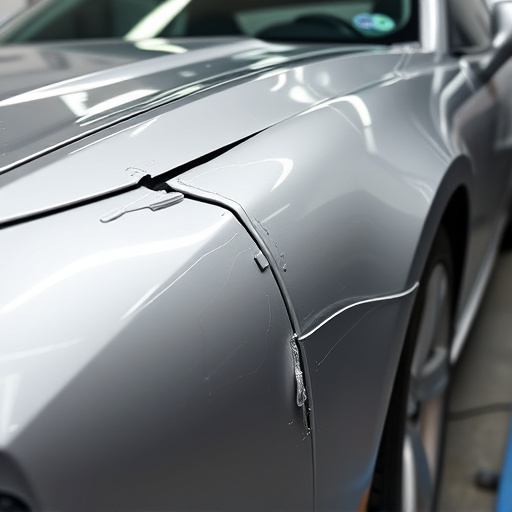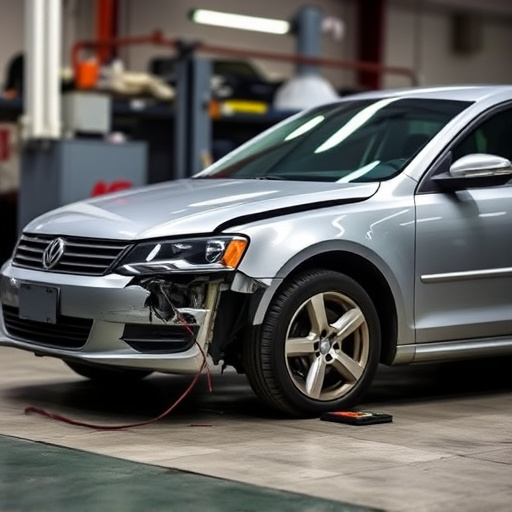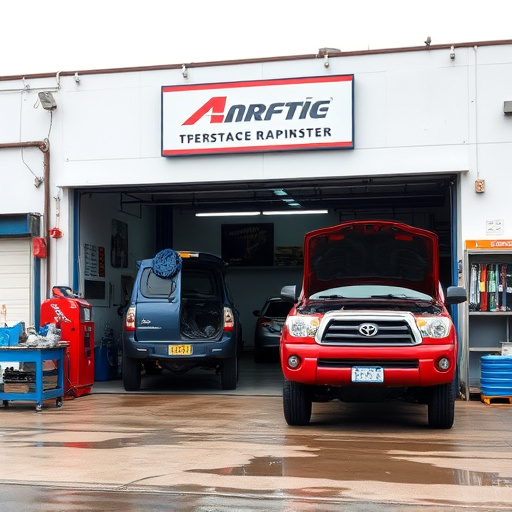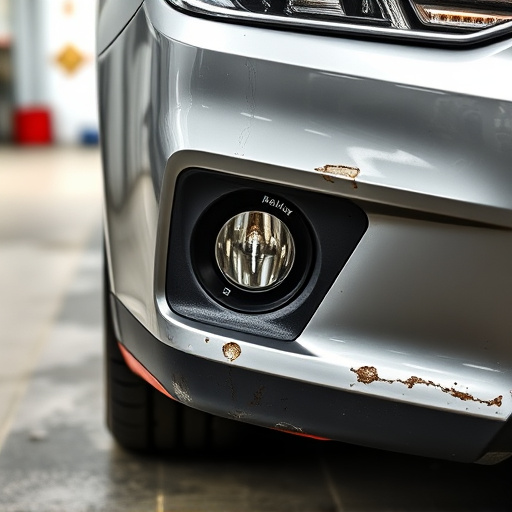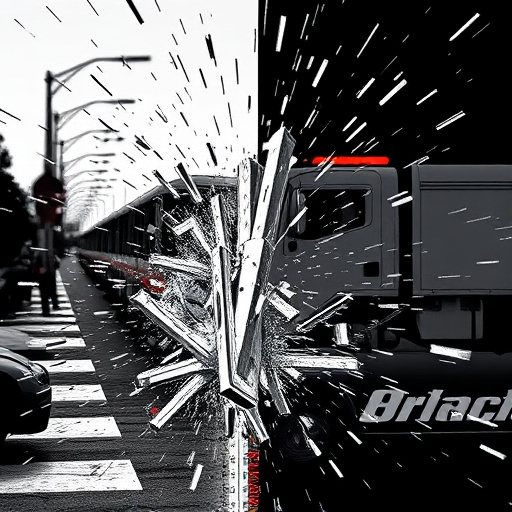Tesla's dashcam offers high-res video and audio capture with 360° view, controlled via mobile app. Customizable settings include recording quality, triggers, and storage for safety and evidence. Audio recording provides context but requires understanding privacy laws and Tesla policies to avoid legal issues. Proper configuration enhances road security and aids in insurance claims while respecting personal data and local regulations.
Tesla’s integrated dashcam system offers advanced capabilities, capturing high-resolution footage and audio. This comprehensive guide delves into the art of configuring your Tesla’s dashcam settings and permissions. Learn how to tailor recordings for safety, privacy, and legal compliance. From understanding advanced features to navigating audio recording permissions, this article equips you with knowledge to optimize your Tesla’s dashcam configuration, ensuring a secure and legally sound experience on the road.
- Understanding Tesla Dashcam Capabilities
- Configuring Dashcam Settings and Permissions
- Legal Considerations for Audio Recording
Understanding Tesla Dashcam Capabilities

Tesla’s dashcam is a powerful tool that captures high-resolution video and audio from your vehicle’s perspective. Understanding its capabilities is essential for any Tesla owner. The dashcam can record both internal and external views, providing valuable footage in case of accidents or for general peace of mind. It offers a 360-degree field of view, ensuring every angle is covered. Configuration options allow users to set recording parameters, such as start and stop times, based on specific events or manually. This feature is particularly useful when you need to monitor your vehicle’s behavior during different driving conditions.
Accessing and managing these recordings is straightforward through the Tesla mobile app. Users can review and download videos for various purposes, from insurance claims to personal curiosity. The audio recording functionality adds another layer of information, capturing important conversations or environmental sounds that could be relevant in certain situations. With proper setup and usage, the Tesla dashcam can serve as a reliable scratch repair and tire services tool, enhancing road safety and offering valuable evidence in unexpected scenarios.
Configuring Dashcam Settings and Permissions

Configuring your Tesla’s dashcam settings is an essential step to ensure optimal safety and protection for both you and your vehicle. Through the car’s central display, users can tailor various parameters to match their preferences and driving needs. This includes adjusting recording quality, activation triggers, and storage options. For instance, enabling audio recording alongside video can prove invaluable during accidents or incidents, providing a detailed account of what transpired. It’s crucial to familiarize yourself with these settings, especially the permissions granted for data storage and access, to maintain control over your personal information.
When managing dashcam configurations, consider the legal implications and potential need for evidence in case of an accident. Allowing recordings from specific sensors or cameras can be a game-changer when it comes to collision repair shop claims or disputing insurance adjustments. This is where setting permissions becomes critical; users should exercise discretion in deciding what data is shared, especially regarding sensitive locations like personal addresses or detailed driving routes. Proper dashcam configuration and audio recording permissions are key to leveraging this technology for enhanced safety and efficient auto repair services, ensuring your vehicle’s history is accurately documented.
Legal Considerations for Audio Recording
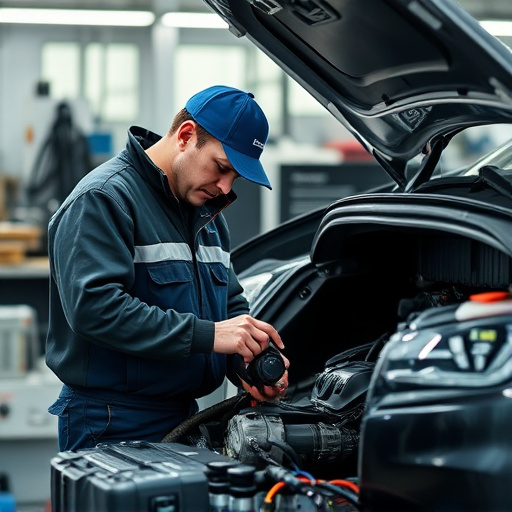
When configuring a Tesla dashcam, understanding legal considerations for audio recording is paramount. In many jurisdictions, capturing and storing audio without explicit consent can be a violation of privacy laws. This becomes particularly relevant when considering that Tesla’s own policies and user agreements outline restrictions on what can be recorded and how it can be shared. Users must be aware of these regulations to ensure compliance and avoid potential legal repercussions.
For instance, in some regions, recording conversations or sounds without the knowledge or consent of all parties involved is strictly prohibited. This includes recordings within a vehicle, especially if other occupants are present. While Tesla dashcams can provide valuable evidence in case of an incident, it’s crucial to respect privacy rights and ensure that audio recordings adhere to local laws and regulations. Consulting with legal experts or seeking guidance from automotive repair specialists who deal with issues like bumper repair can offer insights tailored to specific regions and use cases.
Understanding and configuring your Tesla’s dashcam settings is a crucial step in maximizing its capabilities. By adjusting recording parameters and granting appropriate audio permissions, owners can ensure they have comprehensive evidence should any incidents occur while driving. Remember to stay informed about local laws regarding audio recordings for added peace of mind. Effective dashcam configuration is not just about capturing moments on the road; it’s also about maintaining control and security in an increasingly connected world.

